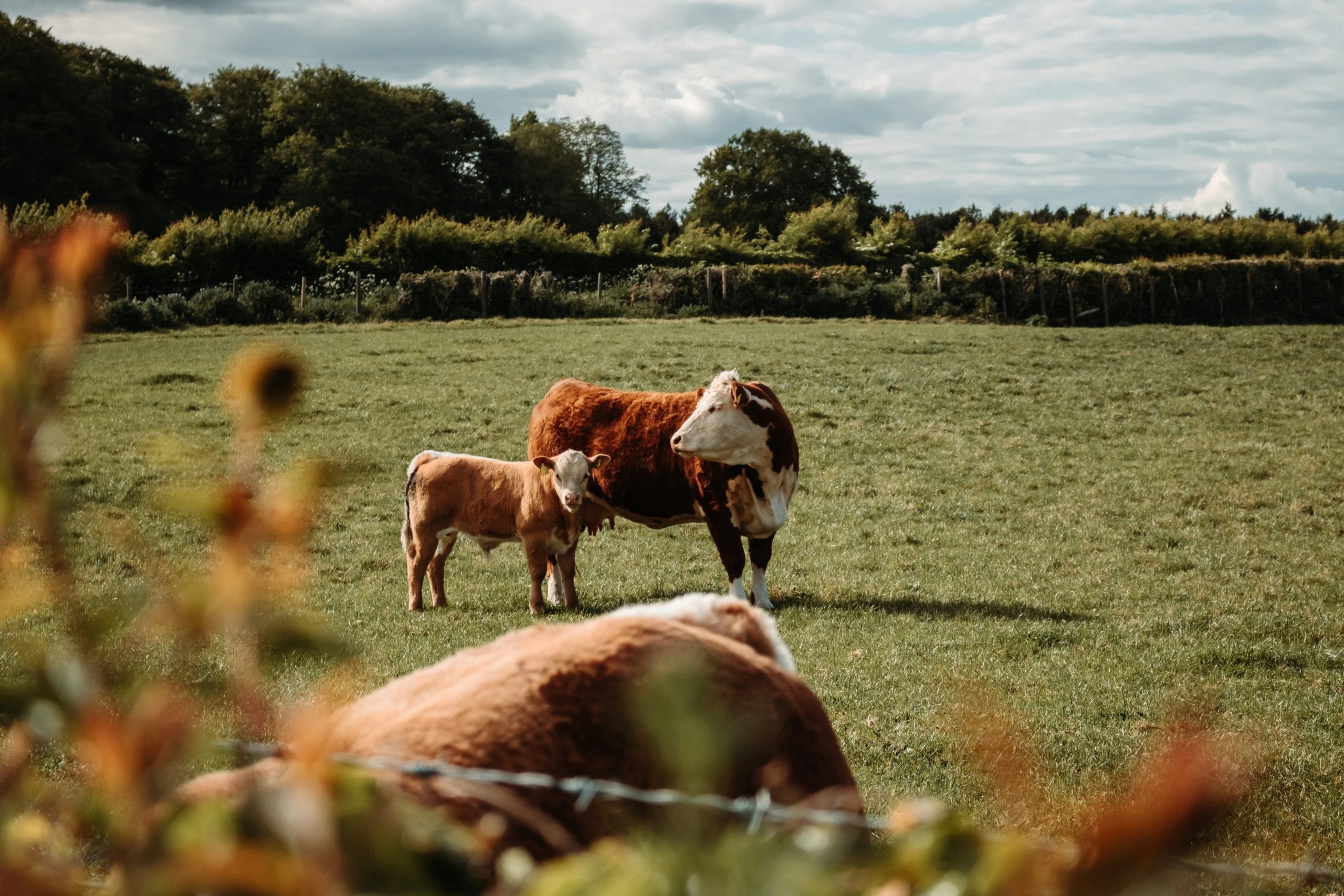This is the fifth and final part of a series of short essays based on conversations with ChatGPT, with an emphasis on covering the basics of self-reliance, self-sufficiency, and other critical considerations for all of us today – and in the near future. It was inspired by a story about the increasing number of cancelled “renewable energy” projects, totaling many billions of dollars.
We have better options. This discussion explores some of them and further inspired me to address other fundamental human needs.
This series covers energy, shelter, food, and water, followed by additional considerations such as medicine, community, skills, waste management, and alternative economies.
Part 1: Energy, Part 2: Shelter, Part 3: Food, Part 4: Water
Part 5: True Independence
True Independence: The Final Step in Self-Sufficiency
Introduction
Beyond energy, shelter, food, and water, true self-reliance extends to several other critical aspects that ensure long-term sustainability, resilience, and overall well-being. Achieving true independence means integrating health, waste management, security, skills, community, communication, economic sustainability, and mental resilience into daily life. Each of these elements strengthens the foundation of self-sufficiency, allowing individuals and communities to thrive without reliance on centralized systems.
1. Health and Medicine
Maintaining good health is essential for self-sufficiency, especially when access to conventional medical care is limited.
Key Areas to Address:
- First Aid Knowledge & Supplies – Stocking bandages, antiseptics, pain relievers, and emergency medical kits.
- Herbal & Natural Remedies – Growing and using medicinal plants for common ailments (Herbal Antibiotics by Stephen Harrod Buhner is an excellent resource).
- Nutrition & Preventative Care – Ensuring a balanced diet to prevent deficiencies and illness.
- Physical Fitness & Mental Well-being – Strength and endurance are vital for manual labor, and mental health should not be neglected.
- Alternative & Traditional Medicine Practices – Acupuncture, massage therapy, and holistic treatments can supplement conventional care.
Self-Sufficient Health Practices:
- Cultivating a medicinal herb garden (e.g., garlic, echinacea, aloe vera, peppermint, turmeric).
- Learning basic diagnostic and treatment skills.
- Establishing a community health network for knowledge-sharing.
2. Waste Management & Sanitation
Proper waste disposal and hygiene are essential for maintaining health and environmental integrity. Joseph Jenkins, in The Humanure Handbook, provides a comprehensive guide to safely composting human waste, turning it into a valuable resource for soil regeneration.
Sustainable Waste Solutions:
- Composting Toilets – Convert human waste into usable compost (The Humanure Handbook by Joseph Jenkins).
- Greywater Recycling – Reuse wastewater from sinks and showers for irrigation.
- Biodegradable Products – Reduce reliance on plastics and synthetic materials.
- DIY & Upcycling – Repairing and repurposing materials instead of discarding them.
Hygiene Considerations:
- Using natural soap and cleaning products to avoid harmful chemicals.
- Implementing efficient sewage and greywater management to prevent contamination.
- Practicing preventative pest control methods that avoid synthetic pesticides.
Proper waste disposal and hygiene are essential for maintaining health and environmental integrity.
3. Community Security & Protection
While self-sufficiency fosters peace and sustainability, preparedness for emergencies is essential. Strong communities provide the best protection by combining individual preparedness with collective resilience.
While self-sufficiency promotes peace and sustainability, preparedness for emergencies is crucial.
Types of Security to Consider:
- Personal Safety & Defense – Knowledge of self-defense, ethical use of firearms, or non-lethal protective measures.
- Property Protection – Perimeter fencing, secure storage, and awareness of local threats.
- Disaster Preparedness – Readiness for natural disasters, power outages, or supply chain disruptions.
- Community Networks – Establishing trusted relationships for mutual protection and assistance.
Self-reliance does not mean isolation—strong communities offer the best protection.

4. Skills, Knowledge & Economic Sustainability
A self-sufficient life depends on practical skills, continuous learning, and developing income sources that align with self-sufficient values.
A self-sufficient life depends on practical skills and continuous learning.
Essential Skills & Income Generation:
- Carpentry & Building – Constructing, repairing, and maintaining infrastructure (The Complete Modern Blacksmith by Alexander G. Weygers).
- Mechanical Repair – Fixing vehicles, generators, and tools.
- Sewing & Textiles – Making and repairing clothing.
- Foraging & Wildcrafting – Identifying and using local plants for food and medicine (The Forager’s Harvest by Samuel Thayer).
- Bartering & Trade – Skills for exchanging goods and services in a decentralized economy.
- Navigation & Orienteering – Understanding maps, compasses, and natural navigation methods.
Monetizing these skills can create income streams that reduce reliance on external economies:
- Selling surplus food, crafts, or handmade goods.
- Providing skilled services (e.g., carpentry, herbal medicine, tool repair).
- Offering workshops and educational experiences.
- Developing online businesses that align with self-sufficient values.
Avoiding debt and unnecessary expenses further enhances financial independence.
5. Community, Social Structures & Conflict Resolution
Even the most independent individuals benefit from a supportive network. Beyond shared labor and security, communities must also develop conflict resolution strategies to maintain harmony.
Even the most independent individuals thrive in a supportive network.
Building Strong Communities & Conflict Resolution:
- Organizing skill-sharing workshops.
- Establishing cooperative food, tool, and labor exchanges.
- Creating community security and emergency response plans.
- Supporting local and decentralized economies instead of relying on corporations.
- Implementing basic mediation and conflict resolution strategies to maintain group cohesion.
- Organizing skill-sharing workshops.
- Establishing cooperative food, tool, and labor exchanges.
- Creating community security and emergency response plans.
- Supporting local and decentralized economies instead of relying on corporations.
Mutual aid strengthens resilience far beyond what any single person can achieve alone.
6. Communication, Information & Resource Management
Access to reliable information and the ability to communicate is essential for self-reliance. Equally important is building resilient food systems through seed saving, perennial crops, and food forests.
Access to reliable information and the ability to communicate is essential for self-reliance.
Reliable Communication & Long-Term Food Security:
- HAM Radio & CB Radio – Long-range communication independent of internet or cell networks (The ARRL Ham Radio License Manual).
- Printed Books & Physical References – Essential knowledge that doesn’t require electricity.
- Signal and Non-Verbal Communication – Learning flags, Morse code, or basic sign language for emergencies.
- Private & Secure Digital Communication – If using the internet, encryption and decentralized networks can ensure privacy.
Resilient Food Systems:
- Perennial Crops & Food Forests – Reducing dependence on annual planting and increasing long-term food stability.
- Seed Saving Networks – Ensuring food sovereignty by preserving heirloom and resilient crop varieties.
- Community Food Reserves – Shared food storage and preservation for long-term security.
- HAM Radio & CB Radio – Long-range communication independent of internet or cell networks (The ARRL Ham Radio License Manual).
- Printed Books & Physical References – Essential knowledge that doesn’t require electricity.
- Signal and Non-Verbal Communication – Learning flags, Morse code, or basic sign language for emergencies.
- Private & Secure Digital Communication – If using the internet, encryption and decentralized networks can ensure privacy.
Staying informed about weather, security threats, and broader events helps in decision-making and long-term planning.
8. Mental & Spiritual Resilience
Self-sufficiency is as much about mindset as it is about practical skills. Laurence Gonzales, in Deep Survival: Who Lives, Who Dies, and Why, explores the psychology of resilience, adaptability, and survival, offering valuable lessons for those embracing self-reliance.
Maintaining Mental & Emotional Health:
- Practicing mindfulness, meditation, or spiritual traditions for inner balance.
- Fostering gratitude and adaptability.
- Avoiding burnout by balancing work with leisure and creativity.
- Finding purpose beyond survival—whether through art, music, writing, or teaching.
- Learning mental toughness strategies inspired by survival psychology.
A resilient mind is one of the most valuable assets for anyone pursuing self-sufficiency.
Conclusion: Building a Resilient & Independent Future
True self-sufficiency extends beyond energy, shelter, food, and water—it requires a holistic approach that includes health, security, skills, community, communication, economic sustainability, and mental resilience. By integrating these elements into daily life, individuals and communities can build true independence from centralized systems, ensuring long-term sustainability and freedom in an uncertain world.
Each step taken toward self-reliance strengthens personal and collective resilience, paving the way for a future of true sovereignty and stability. By fostering community, managing resources wisely, and continuously learning, we can create a self-sufficient life that thrives beyond mere survival.

Read the rest of the series:
Part 1: Energy, Part 2: Shelter, Part 3: Food, Part 4: Water
